|
A few months ago I popped into my LFS to pick up some frozen food and naturally had to have a look around the livestock tanks. I spotted a nice Tubastrea micrantha (black sun coral) in one of the coral trays, I don't see many of these available and this one looked to be in good condition too with no loss of tissue (the polyps were not extended obviously). I was tempted to purchase it but space is tight and it's another mouth(es) to feed so in the end common sense prevailed and I walked away. Then weeks later we visited again, the coral was still there only this time it looked sad, flesh had stripped off from a number of heads leaving exposed white skeleton beneath, it was starving to death. Rashly I offered to take it off their hands but only if they discounted the price a little. Amazingly they agreed to this and I acquired myself yet another non-photosynthetic coral. It remains to be seen if this is a good or a bad thing. When we got home I decided it might be a good idea to frag off the 'healthier' part of the coral and discard the section with stripped heads. However when I tried to chop it with some coral cutters I was barely able to scratch the surface of the coral. I passed it over to my husband but he could not frag it either. The skeleton of this coral is tough, I mean really, really tough! I have since read that the skeleton of T. micrantha is denser than most other corals on the reef, so that explains that then, lol. So not only have I a sad looking, partially stripped coral but one that also has damage to the base of one of the branches too. Doh! After acclimation I placed it on the sand for observation. I fed the fish and waited for some sort of a response which turned out to be a big fat nothing! OK, not unexpected since it was during the day but when I checked again after the lights went out there was still nothing going on. I fed the other NPS corals but the black sun remained just a motionless black stick, not a single teeny, tiny tentacle popped out to say hello. It must have been so starved that it couldn't rustle up enough energy to do anything at all, even at night. Clearly I needed to make a special effort or this coral was going to be doomed. So the following day I decided take direct action. I had heard about the 'bucket method' (feeding of sun corals in a separate container outside of the tank). I have never needed to try this before but now was the perfect opportunity. I took the coral out of the tank with some water and placed it in a small jug then I sat the jug in a makeshift water bath. I did this to try and keep the temperature from falling too low during the feeding process. I don't know if this was entirely necessary but as I had the equipment available I thought I may as well use it. I made a diary to document my progress. Day 1: I raided the freezer/cupboards for every food stuff I had that I thought might be suitable. Mysis (PE & Gamma), Krill pacifica, mussel, lobster & fish eggs, Calanus, rotifers, Reef Roids and Reef frenzy. I mixed them all up in a glass and let them marinate in some Selcon for good measure. Then I pipetted the food mixture gently all around the coral and waited for 40 minutes. No tentacles appeared and I can't say with any certainty that any food was ingested so back in the tank it went, this time I placed it up in the sump for easier access, this coral was going to be in and out of the tank a LOT in the next few days/weeks (and maybe months!). Day 2: I removed the coral for feeding twice today, once in the morning for an hour and once the afternoon. There was still no sign of any tentacles but a couple of polyps may have taken in some tiny bits of Mysis. I noticed that the food had to be in direct contact with the mouth for anything to happen. I decided, going forward, to lie the coral on this side so that as many mouths were pointing upwards as possible and then turn it over and repeat. Day 3: The coral was out for feeding twice again today. A few of the heads are definitely taking in small bits of food and I also observed the tiniest hint of a few tentacles swelling. Progress! I have extended the feeding times to 1-2 hours per feed. It's frustrating trying to get the food to stay in contact with the mouths most of it just ends up falling to the bottom of the jug. Days 4 & 5: As above, not much change however a few more of the heads were starting to accept small pieces of food and now there are signs of some short stubby tentacles. Day 6: I reduced the frequency of feeding to once per day. Day 11: Fed the coral as normal in the morning when I checked on it in the sump at lunchtime just after the fish were fed and 5 of the heads had tentacles showing so it's starting to respond to food being in the water. Day 14: 5 heads are showing short stubby tentacles when the coral is out being fed in the jug. Day 17: I'm starting to see a few more tentacles appear now and food is being consumed much quicker. Not all of the heads show any signs of life yet though. Day 18: I've started to notice that the coral has begun secreting mucus whenever I take it out of the sump to feed. I take this to be a good sign although it does make it harder to feed (the food gets caught up in the mucus and fails to make contact with the mouthes). Ideally I would like to keep the coral underwater at all times during the transfer process but space is just too tight in the sump so a quick trip in the air is required. Also today I discovered a teeny tiny Aiptaisa growing on the skeleton of one of the stripped heads, oh for goodness sake!! Day 19: I fed the coral as normal and then whipped out some Aiptasia RX. This treatment killed off the pest anemone in short order but also stripped off any part of the sun coral flesh it came into contact with so now there's a bit more white skeleton showing *sigh!* Day 21: The sun coral is starting to look a bit perkier now especially when it's undisturbed in the sump, some of the tentacles are already partially extended in anticipation of feeding time. Day 24: It occurred to me today after looking at some of the original photographs of the coral that I could no longer see the area of the coral that we damaged when we tried to frag it, plus some of the stripped heads are no longer visible either. The flesh has regrown over them, just a couple of bare areas remain now namely where the Aiptasia RX was used. Also it's becoming a little easier to feed with some of the tentacles able to capture food. Day 34: The coral looks ready to take its chances in the display tank. It's eating well and almost all of the heads are extending nicely. Day 36: The big day! The black sun coral is finally fixed into position in the display tank.
I'd like to say that it's all plain sailing from here onwards but that's not strictly true. Firstly this coral will NOT extend its polyps when the lights are on, not even right after the fish are fed, at least it hasn't to date. So I have to wait till after dark to feed and then because well, it's black(ish) in colour, the tentacles are almost impossible to see (unlike the bright orange Tubastrea polyps). So unless I want to squirt food all over the tank I need a light to see what I'm doing. So a torch is required and then the tentacles start retracting again in pretty short order, argh! This is frustrating but I usually manage to feed 60% of the heads which is not bad. I understand that this coral shares nutrition throughout the whole colony so not feeding all of the heads shouldn't be too much of a problem. In closing this NPS coral is certainly harder to care from than the Dendrophyllia or the orange Tubastrea but naturally looks pretty amazing when open. Long may it continue...
0 Comments
Leave a Reply. |
AuthorHi, my name is Lisa and I live in Derby, UK. I am a self-confessed reefaholic! Archives
July 2022
Categories
All
|
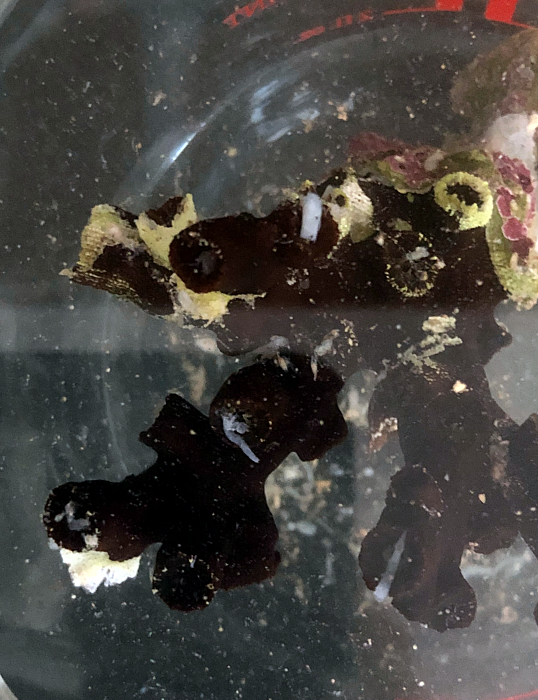
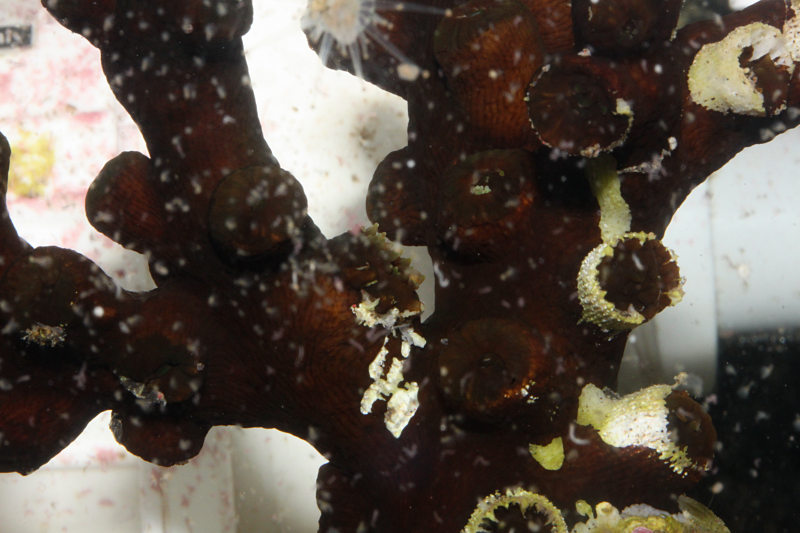
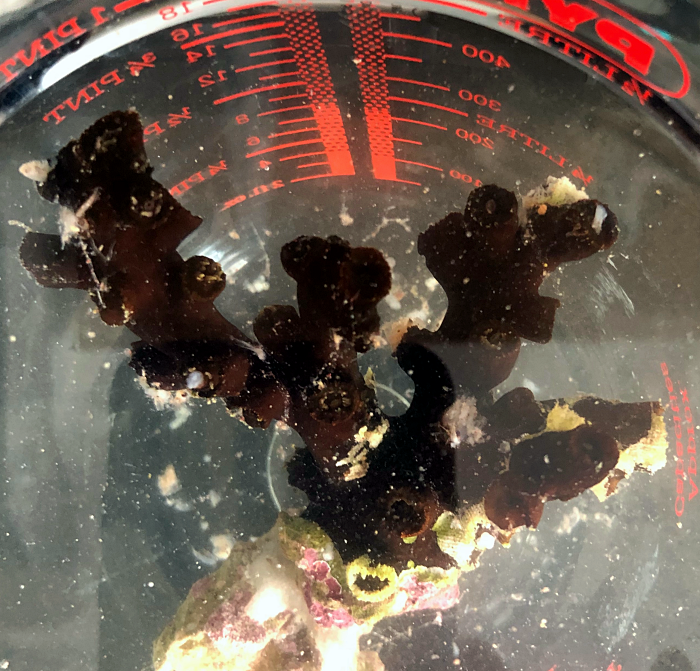
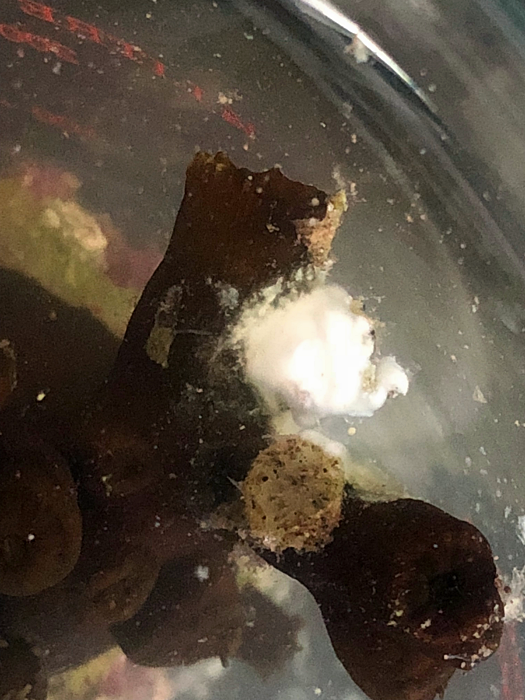
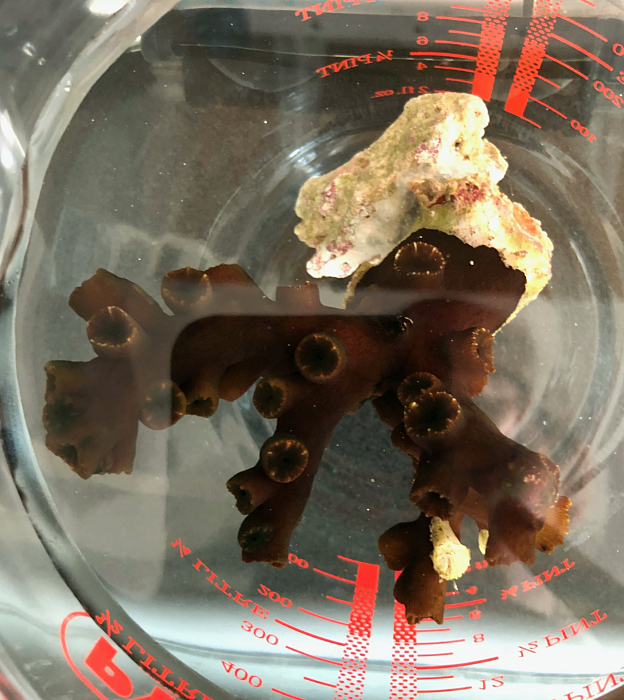
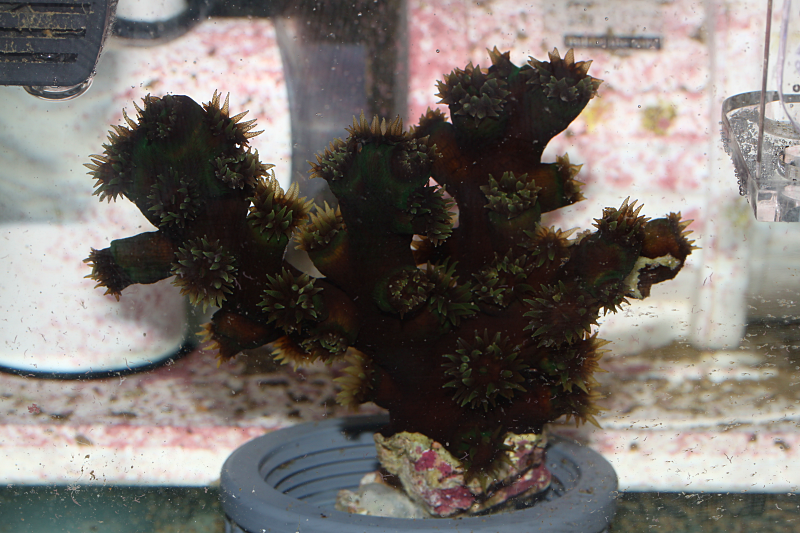
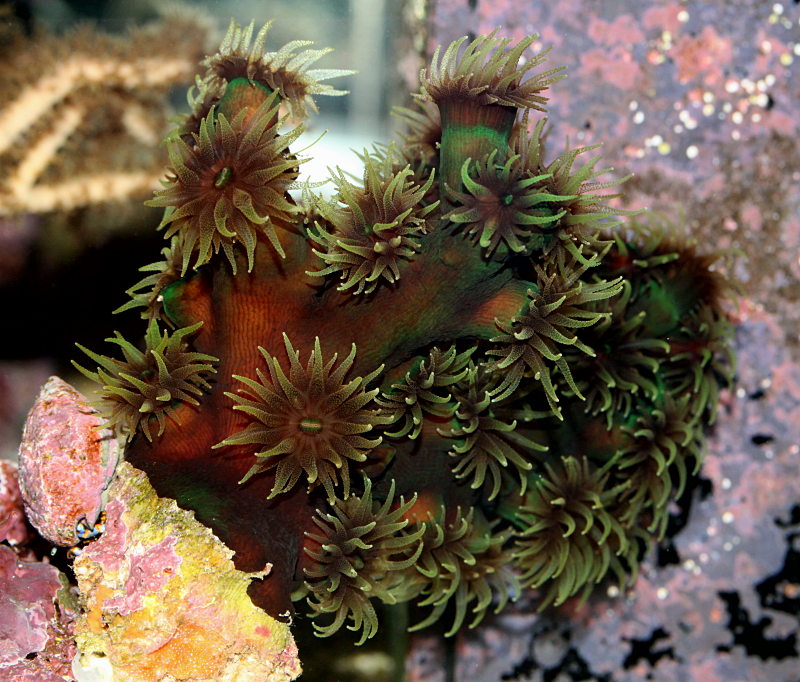
 RSS Feed
RSS Feed
